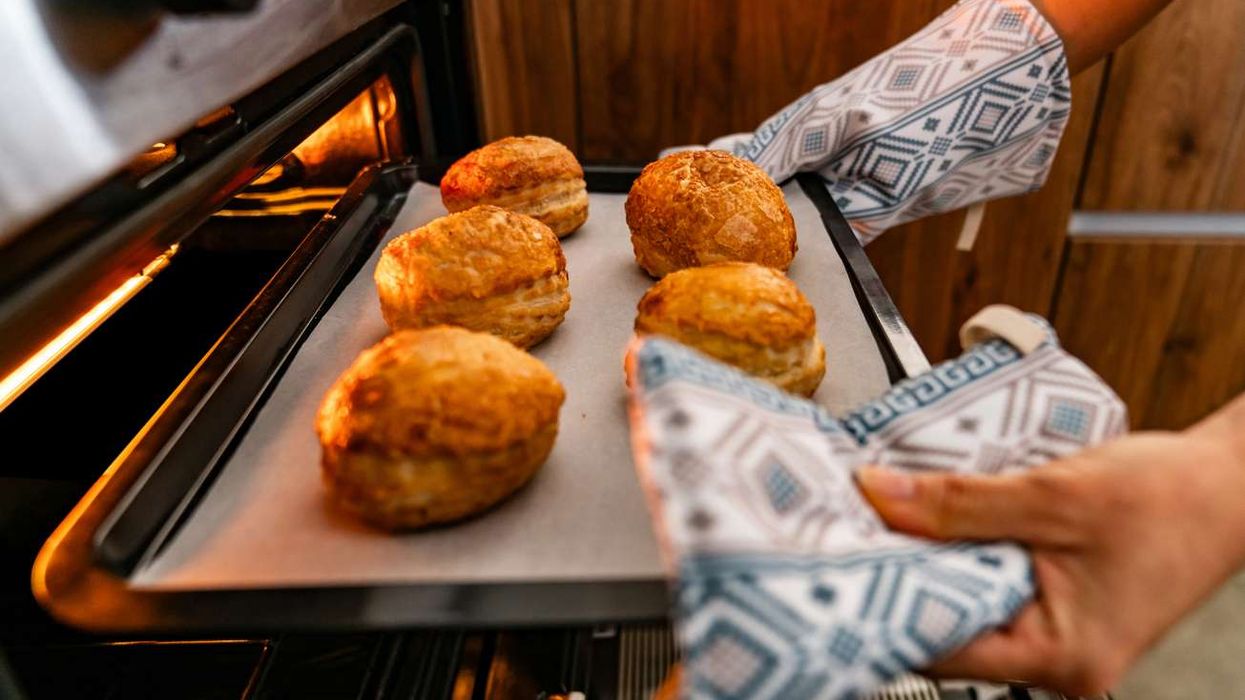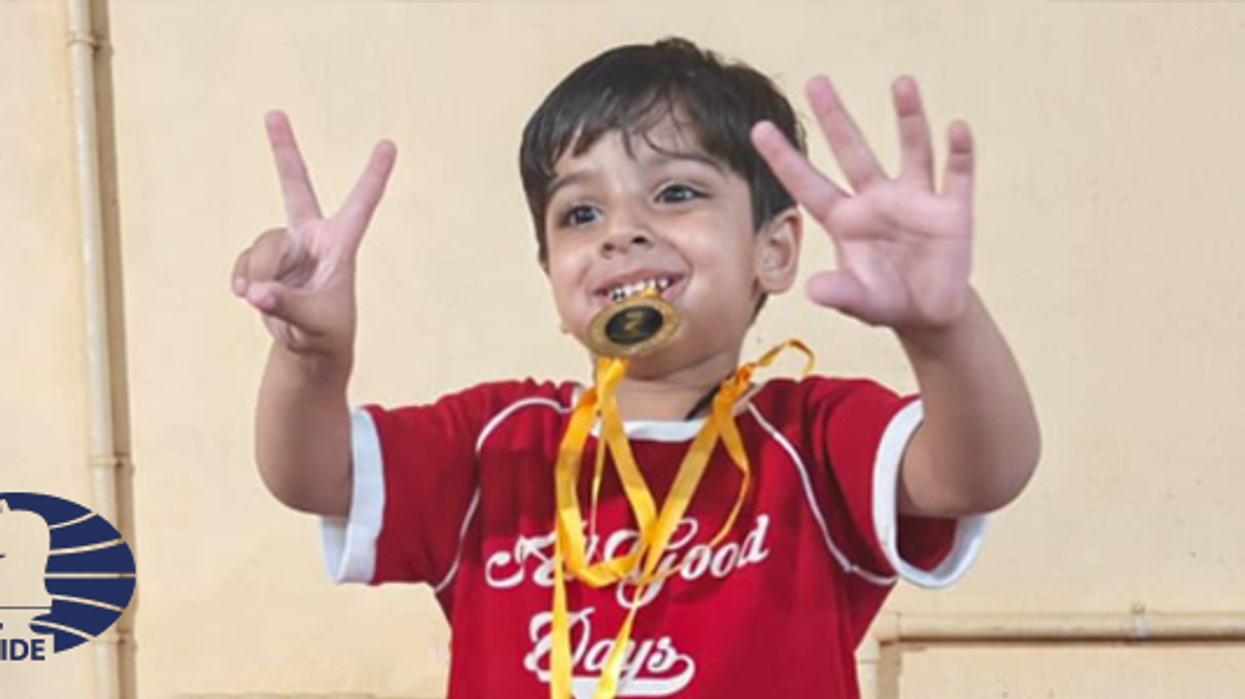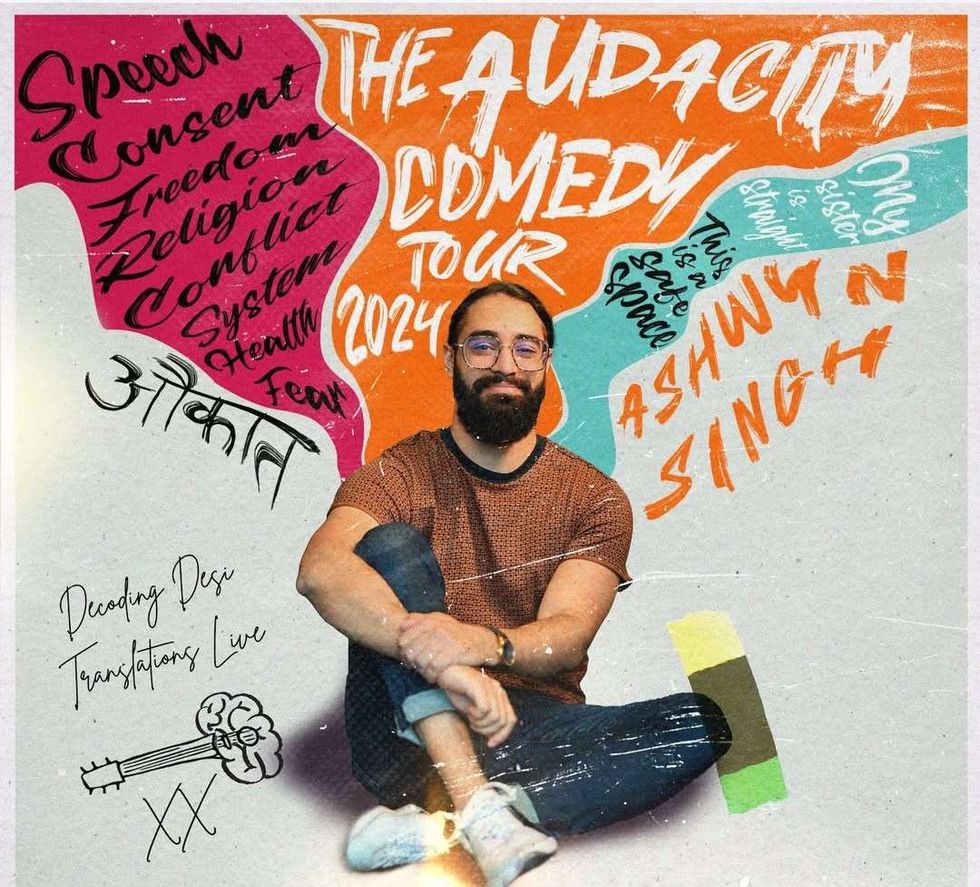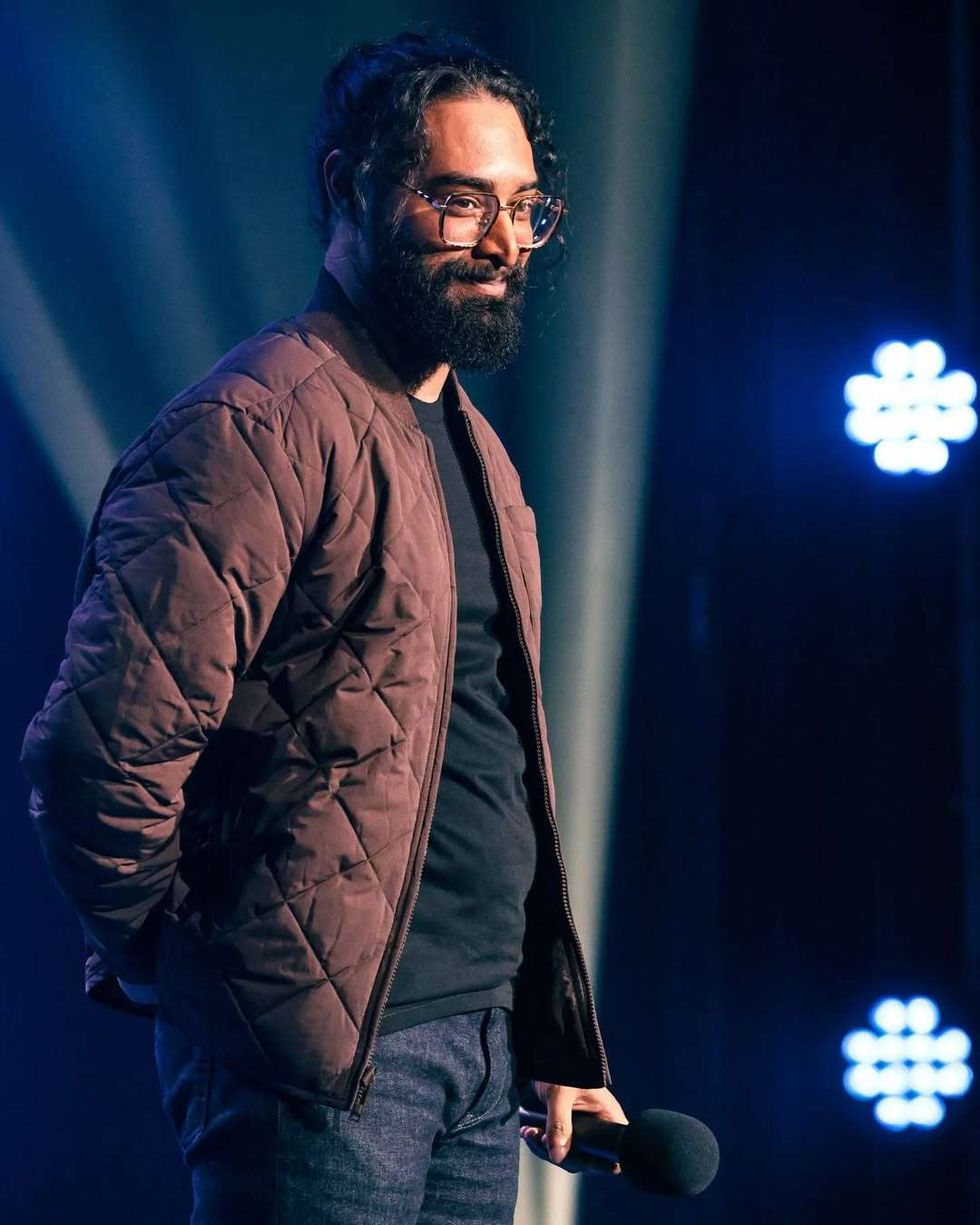by AMIT ROY
V&A LOOKS AT THE LIFE OF MEXICAN ARTIST KAHLO
WHY does Frida Kahlo, the Mexican artist who is the subject of a comprehensive new exhibition at the V&A, have such a devoted following among Indians?
The exhibition’s Mexican co-curator, Circe Henestrosa, head of the School of Fashion, Lasalle College of the Arts, Singapore, confirmed: “A lot of my students come from India. Why is she so popular in India? Because of all the messages she conveys as a woman, a female artist, a Mexican, disabled; in this time of so much political turmoil (it is fitting to) have this exhibition celebrating life.”
The exhibition, Frida Kahlo: Making Her Self Up, includes many of her self portraits plus “an incredible range of photographs” of the artist taken by some famous photographers of the day.
Also displayed are 200 personal items, including letters, jewellery, cosmetics, medicines and medical corsets, which were discovered in La Casa Azul (The Blue House), Kahlo’s home on the outskirts on Mexico City which was sealed by her husband Diego Riviera after her death in 1954 and only reopened 50 years later in 2004.
During research for the exhibition, said Henestrosa, “we met Frida for the first time through her archives – we met her personally there and we hope visitors will have the same experience.”
A possible explanation of the India connection was offered by Maria Vazquez, spokeswoman for the Mexican embassy in London, who told Eastern Eye: “I recently went to India and I think there is some similarity between India and Mexico – India feels like Mexico from the east. Perhaps there are some similarities between the colours.”
Kahlo liked to dress up, usually in a variety of indigenous Mexican outfits. A notable exception was in 1947 when two Indian young Indian women, who dropped in on her at home, put her in a sari much to her delight.
Kahlo’s guests were the writer Nayantara Sahgal and her sister Rita Dar, daughters of Jawaharlal Nehru’s sister, Vijayalaksmi Pandit, who would serve as Indian ambassador to the US from 1949 to 1951, with concurrent accreditation to Mexico.
Six years after the photograph was taken of Kahlo in a sari, she was dead at the age 47. That might be another reason why she is often compared with the Indian artist, Amrita Sher-Gil, who died from a botched abortion at the even younger age of 28.
Textiles are another point of similarity between Mexico and India, suggested Vazquez. “Women in India dress in these beautiful saris and the colours and the textiles are very important,” she observed. She explained that fabrics and outfits on display at the V&A exhibition “are all made in Mexico – most are embroidered and hand-made and depending on style they represent different areas of Mexico. Frida was very close to her Mexican roots and she liked the traditional dresses. She was very proud of her nationality.”
According to Tristram Hunt, director of the V&A, “the landmark exhibition explores how one of the most recognised and significant artists and women of the 20th century fashioned her own identity”.
He emphasised: “Disability shaped Kahlo’s life – contracting polio at a young age and suffering catastrophic injury from a bus crash at the age of 18. She empowered herself through her art and dress.”
The exhibition has been co-curated by Claire Wilcox, senior curator of fashion at the V&A, who observed: “The pain Frida suffered and the way she transcended it remains very special.” She pointed out: “There are flecks of paints on the garments and darns that Frida may have done herself.”
Included in Kahlo’s make-up selection is her eyebrow pencil “Ebony”, still within its original packaging, which she used to emphasise her signature mono brow, a defining feature of her self-portraits and her favourite lipstick, Revlon’s “Everything’s Rosy” and red nail varnish.
Her vividly-coloured cosmetics are striking in the celebrated portraits by photographer Nickolas Muray which show her wearing many of the clothes on display, the V&A said.
For many people, the exhibition will serve as an antidote to the crisis that president Donald Trump has created in relations with Mexico over immigration.
The V&A draws attention to the fact that Mexico flourished in the 1920s and 1930s as a liberal destination. The country attracted foreign artists, writers, photographers and documentary film makers, in what became known as the Mexican Renaissance.





 Ashwyn Singh on language, identity, and the comedy of belonging nowhere Instagram/ashwynsingh
Ashwyn Singh on language, identity, and the comedy of belonging nowhere Instagram/ashwynsingh  Ashwyn Singh turns immigrant life into laughs Instagram/ashwynsingh
Ashwyn Singh turns immigrant life into laughs Instagram/ashwynsingh 






